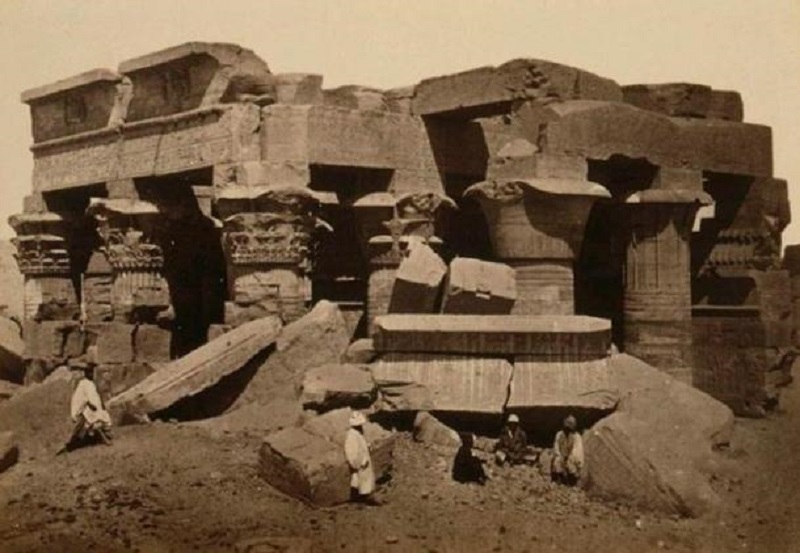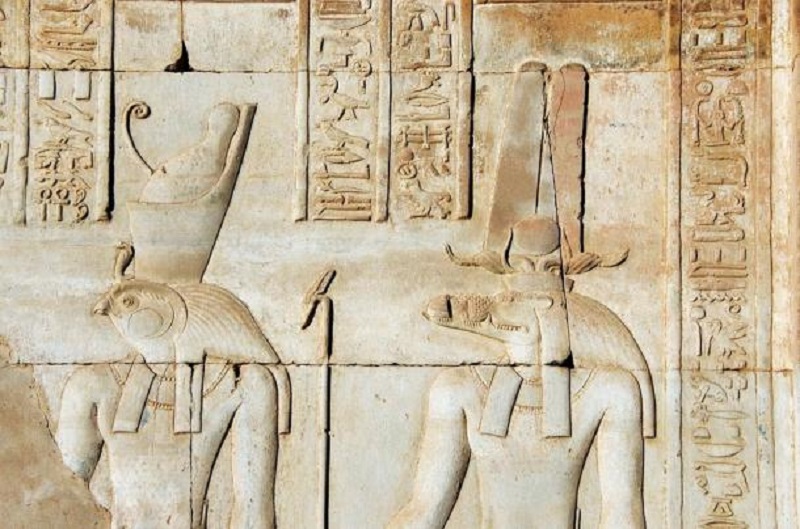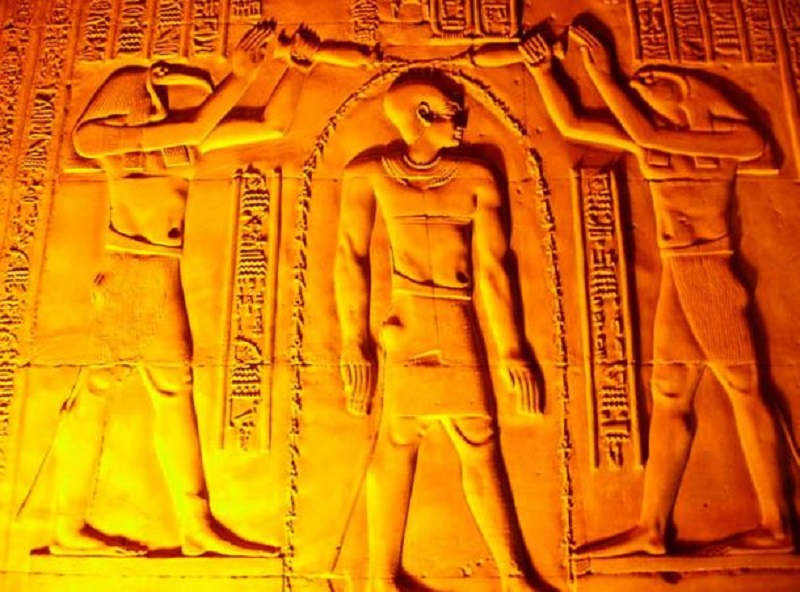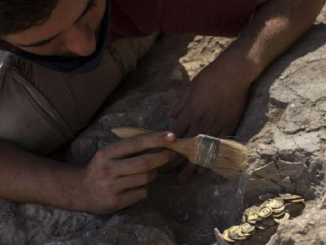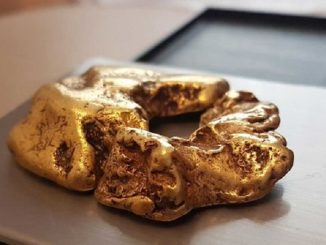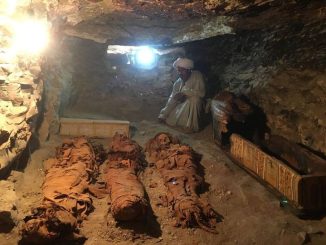Kom Ombo (meaning ‘Mound of Ombo’) is an ancient Egyptian town located in what is now the Aswan Governorate of Upper Egypt, approximately 50 km (31 mi) north of Aswan. Kom Ombo is notable mainly for its temple, known simply as Kom Ombo Temple. This temple is unique in that it worships two gods – Sobek and Horus.
Golden City of the Pharaohs
Kom Ombo’s history stretches back to the time of the Pharaohs, when it served as a garrison town near Egypt’s southern border. The town was originally called Nubt, which means ‘Golden City’. During the Ptolemaic and Roman periods, the town retained its function, although its name was changed. The Greeks renamed the town Omboi, while the Romans called it Ambo. Kom Ombo is most famous for its magnificent temple that still stands today.
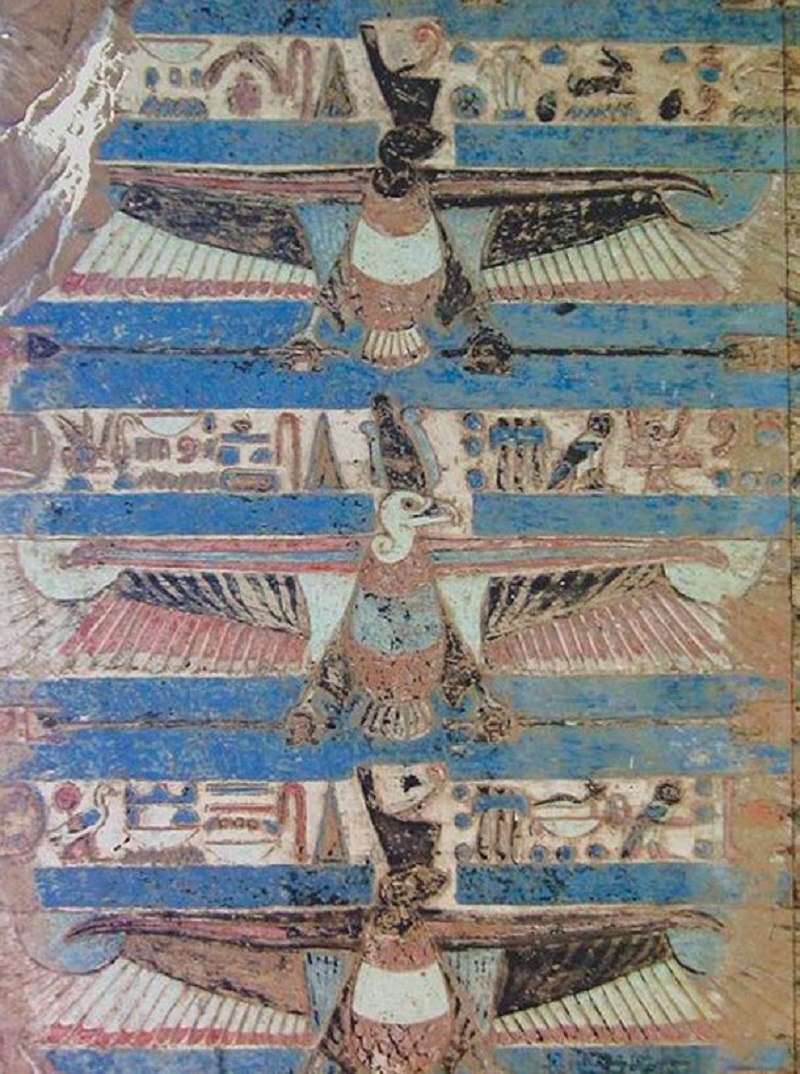
A painting on the ceiling of the temple at Kom Ombo. (Jordan Timothy James Busson / Public Domain)
Was Kom Ombo Temple built from the ruins of the Middle Kingdom?
Kom Ombo Temple was built over about 100 years. The main temple was built during the time of Ptolemy VI Philometor, who ruled in the 2nd century BC. Most of the building’s decorations were completed during the time of Ptolemy XII Neos Dionysos, who ruled in the 1st century BC. During the Roman period, several additions to the temple were also made. It is speculated that an older temple from the Chinese period once existed at the site due to the reused stone blocks in the current structure. However, there is little else that suggests the existence of this ancient temple.
Kom Ombo Temple before being restored. (Markh/Public Domain)
Who are the hostile gods who share the temple’s dedication?
The most striking aspect of the Kom Ombo Temple is that it was dedicated to two Egyptian gods, the crocodile-headed god Sobek and the falcon-headed god Horus. To further complicate matters, the ancient Egyptians believed that Sobek and Set were allies in the latter’s conflict with Horus. After Set’s defeat, his ally transformed into a crocodile to escape Horus. In other words, Sobek and Horus are enemies. However, both deities are honored at Kom Ombo Temple.
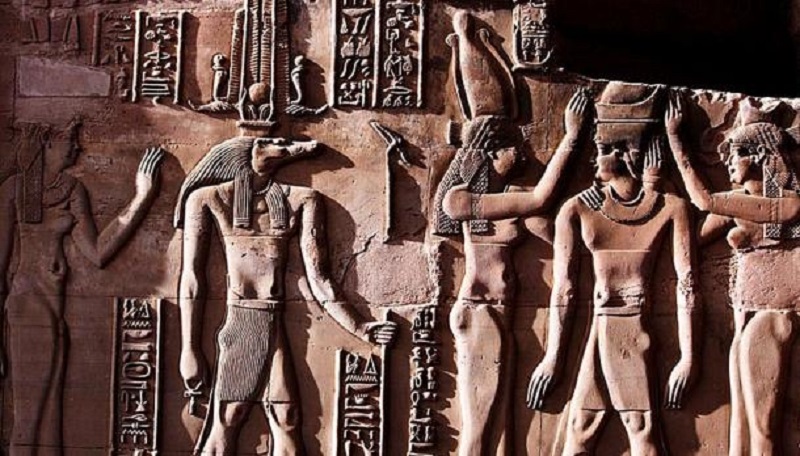
This relief from the Kom Ombo Temple shows Sobek with typical royal features, including a scepter and royal dress. The Ankh in his hand represents his role as an Osirian healer and his crown is a solar crown associated with one of the many forms of Ra. (Hedwig Storch / CC BY-SA 3.0 )
The temple’s dedication to the two gods is reflected in the structure’s architecture. Kom Ombo Temple can be divided symmetrically into two parts along a main axis. The western side of the temple was dedicated to Haroeris (‘Great Horus’, or ‘Horus the Elder’), while its eastern side was dedicated to Sobek. Each half of the temple consists of a monumental gate, a stylish forecourt (which is linked together), and an inner sanctuary devoted to the deity. It can be assumed that there were two groups of priests, one cult of Horus and another cult of Sobek.
Horus and Sobek here even appear together. ( CC0 )
What other role does Kom Ombo Temple play?
The Temple of Kom Ombo was built not only to worship Horus and Sobek but also to honor the Ptolemaic dynasty. This is clearly seen in some of the temple’s reliefs. On the right stone screen in the forecourt is an image of Horus and Thoth pouring holy water on Ptolemy XII, while Sobek watches. This scene is repeated on the front court’s left field kick screen, although there is a slight difference – the roles of Horus and Sobek have been switched.
Relief of Thoth and Horus blessing the pharaoh at the Temple of Kom Ombo (CC BY-SA 3.0)
Another example of the Ptolemaic Dynasty being honored at the temple is a relief in the interior style hall showing Ptolemy VIII being presented with a curved weapon (symbolizing the sword of victory) by Horus. The dynastic propaganda was further reinforced by the presence of Cleopatra II, Ptolemy’s sister-in-law and co-ruler, behind him. When the Romans took control of Egypt, they also put their seal on the temple. This is shown through the bas-reliefs in the lobby showing the Roman emperor Tiberius offering offerings.
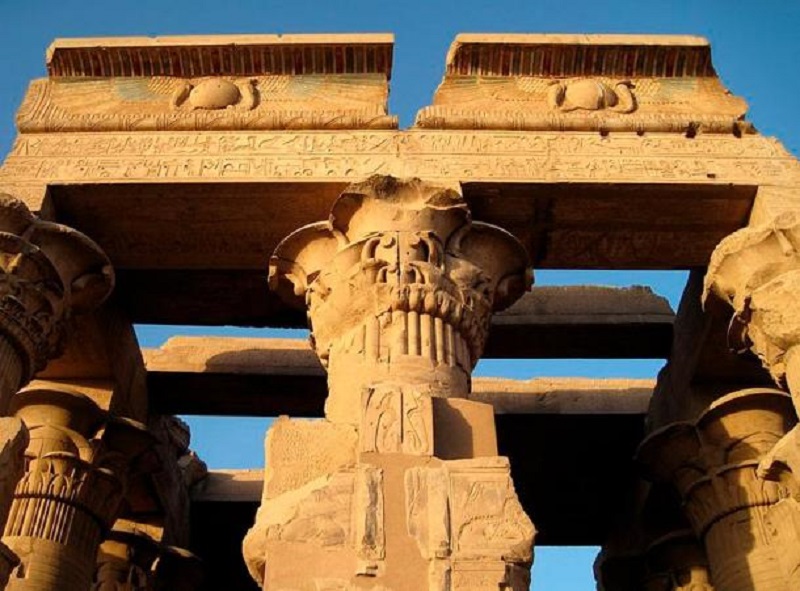
Columns and papyrus-shaped ceilings are preserved at the Kom Ombo temple. (Olaf Tausch / CC BY-SA 3.0 )
Recovery leads to new discoveries
Ultimately, the Kom Ombo temple was abandoned and reduced to ruins. Over the centuries, natural and man-made disasters have caused much damage to this structure. Only at the end of the 19th century did the temple receive attention from Western archaeologists. In 1893, Jacques de Morgan, a French archaeologist, cleared the area of Sobek’s temple and restored it. In recent times, archaeological work has been carried out in the temple, yielding some interesting discoveries, including the sphinx and two ancient paintings unearthed this year.
